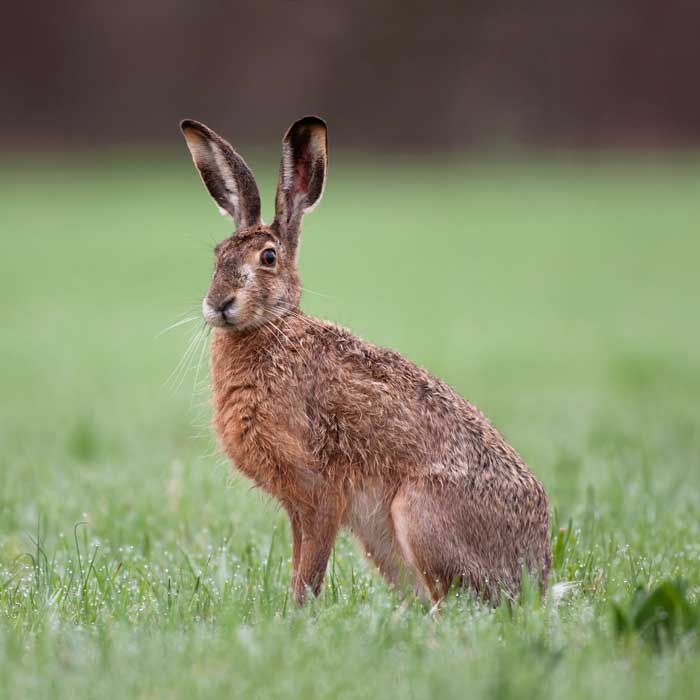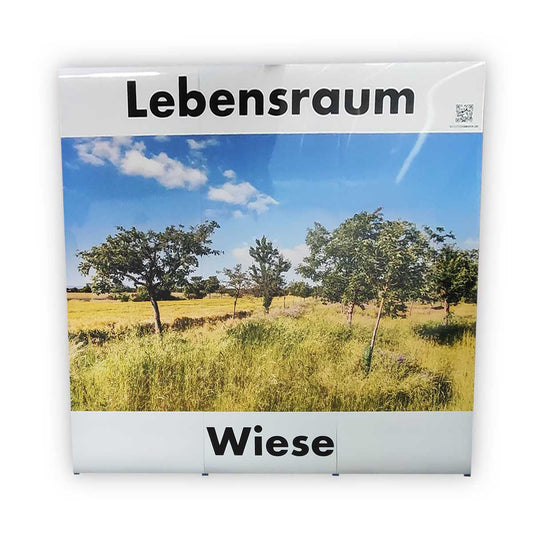
hare
The European hare, a characteristic wild animal of open landscapes, plays an important role in the ecosystem as a prey for predators and as a landscape manager. This fact sheet provides a detailed overview of the biology and ecology of the European hare and highlights the importance of protecting its habitats and sustainable management.
hare Products
-
Animal display field hare
Regular price From 39,90€Regular priceUnit price / per -
Starter set - "Black Forest"
7 reviewsRegular price From 399,90€Regular priceUnit price / per -
Animal set - forest animals
3 reviewsRegular price 359,90€Regular priceUnit price / per -
Animal display hare - outdoor set
No reviewsRegular price 55,50€Regular priceUnit price / per -
Pop-Up Wall "Forest Habitat"
No reviewsRegular price 300,00€Regular priceUnit price / per -
Pop-Up Wall "Forest Habitat"
No reviewsRegular price From 1.200,00€Regular priceUnit price / per -
Pop-Up Wall "Forest Habitat"
No reviewsRegular price From 1.200,00€Regular priceUnit price / per
Profile: hare
-
Scientific classification
- Class: Mammalia (mammals)
- Order: Lagomorpha (lagomorphs)
- Family: Leporidae (hares)
- Genus: Lepus
- Species: L. europaeus (European hare)
-
Physical characteristics
- Size: Body length of 50-70 cm
- Weight: 2.5-6 kg
- Special features: Slender build, long ears, strong hind legs for quick movement, brown fur with a white belly.
-
Habitat and distribution
- Common regions: Europe, parts of Asia, North Africa
- Habitat: Open landscapes such as fields, meadows, heaths and light forests; prefers areas with sufficient cover and food supply.
-
Nutrition
- Diet: Herbivore
- Typical food: grasses, herbs, young shoots, agricultural crops such as cereals, corn and rapeseed.
-
Reproduction and lifestyle
- Mating season: spring and summer
- Gestation period: Approx. 42 days
- Litter size: 2-5 young per litter
- Brood care: Females raise the young alone
- Social structure: Mostly solitary, outside of the mating season.
-
Lifespan and protection status
- Life expectancy: Up to 5 years in the wild
- Endangered status: Not threatened, but habitat loss, intensive agriculture and hunting may affect local populations.
- Conservation measures: preservation and protection of habitats, extensive agriculture, reduction of hunting and road deaths.






